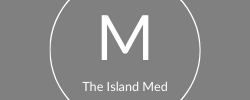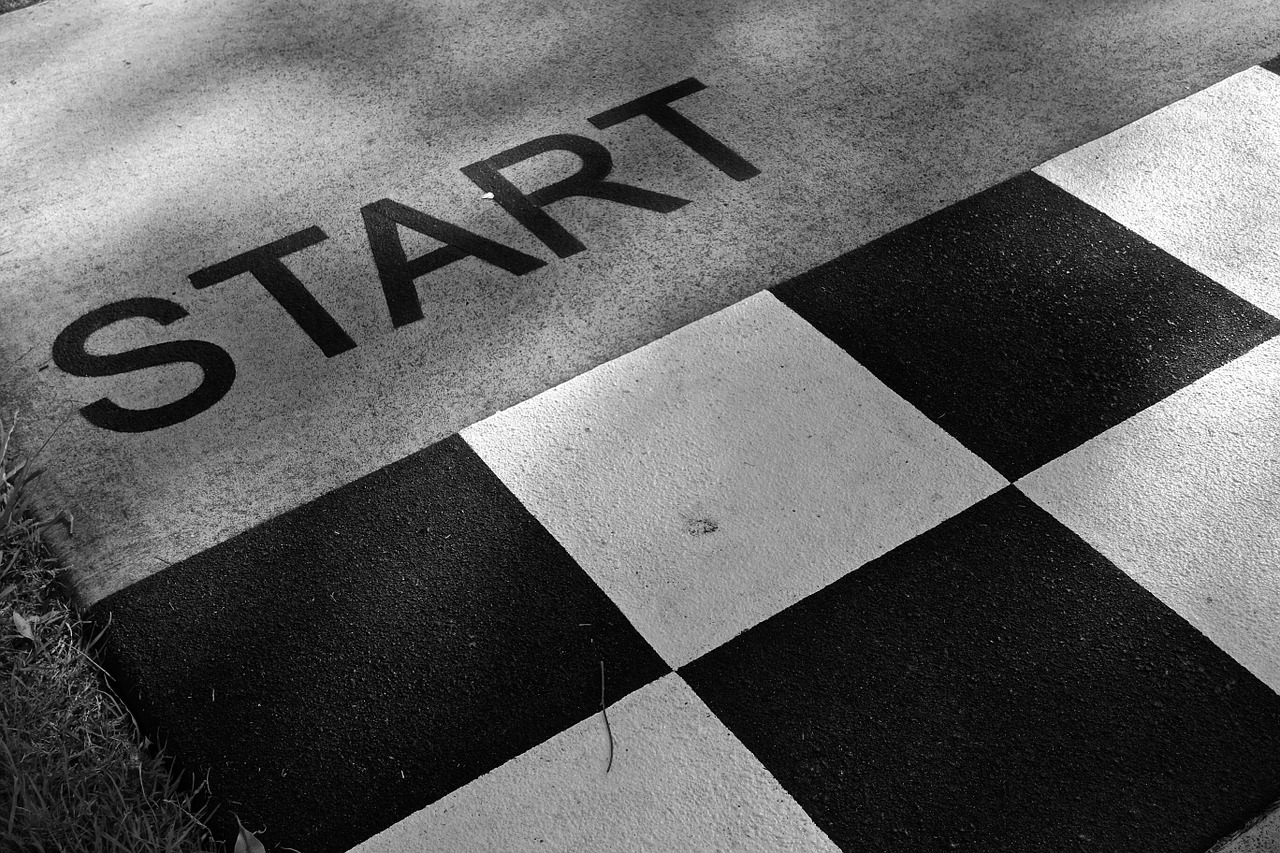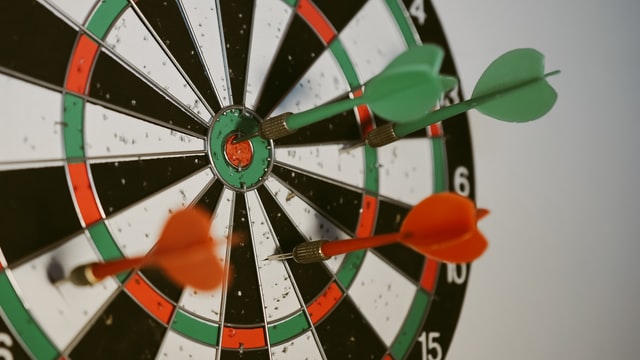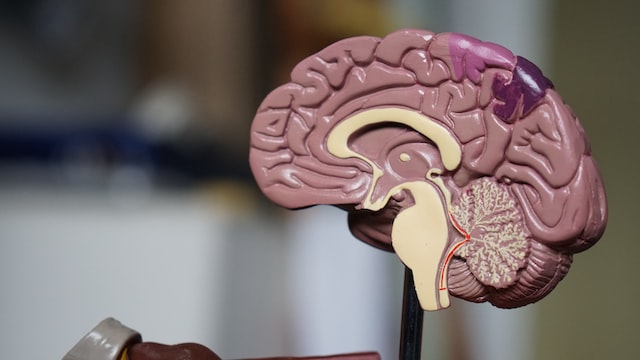How to prepare for medical school
When I received my acceptance letter, the first thing I wanted to know was how to prepare for medical school. Everyone I’ve spoken to and all the online comments I’ve read mostly advise against studying before medical school. However, the other comment I keep reading is that the hardest part about medical school is the volume of content rather than the content itself. So, in my mind, it makes most sense to start studying some of the material ahead of time. If done strategically, this could potentially ease my study load (and stress) later in the semester.
I’ve had a hard time finding resources about what to study. Either no one does it, or no one talks about it. So I’ve had to figure this out on my own. Here’s how I’ve been preparing for medical school and maybe this can help you too.
Reviewing the school curriculum
To prepare for medical school, I first checked my school’s website. I found the curriculum breakdown by term so I could direct my studying to the most relevant material. I’ve focused on anatomy and physiology for the term 1 systems.
Finding reliable resources
Then I scoured social media for what resources medical students are using. Based on that, I’ve been trying out Physeo and Lecturio to learn the material. I’m also using Picmonic to help me remember details. Two amazing free resources I’ve discovered are Ninja Nerd on YouTube and the Introductory Human Physiology Course provided by Duke University on Coursera. I highly recommend both. It’s crazy how this high quality content is free.
Learning how to study
This has been the easiest content to find. There are so many great YouTube channels now from diverse medical students and a lot of them talk about how to study effectively and optimize your time. This has been a great starting point to help me figure out what works for me.
Focus
To help me focus, I use the Pomodoro method using the Forest app. I prefer 25 minutes of studying with 5 minute breaks. I like studying early in the morning because I’m most alert and energized. This also helps me get it out of the way so I can relax in the evening.
Active studying
For active studying, I’m practicing the Feynman Technique. I invested in a whiteboard to practice “teaching” after I’ve watched a lecture. Writing out what I learn helps me recognize the gaps in knowledge so I can focus on that. Also, the change in activities – from watching videos to teaching on the whiteboard – has a similar effect to taking a break, so it allows me to study for longer.
Spaced repetition
Finally, I’m using spaced repetition (flashcards) to help me remember the content I’ve learned. Both Picmonic and Lecturio have flashcards for each video, which is very convenient. Physeo has an incredible Anki deck which I’ve been learning to use. I also create my own Anki cards for the concepts I struggle with. No doubt, it takes time to make my own cards. But the more I engage with the material, the better I understand and remember it.
Forming a study routine
The goal of all this has been to get into a study routine and figure out what resources and strategies work for me. I’m sure I’ll be changing some things up, maybe everything, once classes start but at least this way I’ll know where to start.
I’ll write an update a few weeks into the semester about whether this studying has been helpful or if it’s just served as pseudo-productivity.
If you studied before medical school, what did you study and did it help?
-M
Want updates on the latest posts? Email theislandmedonline@gmail.com or complete this form to join the email list today!







